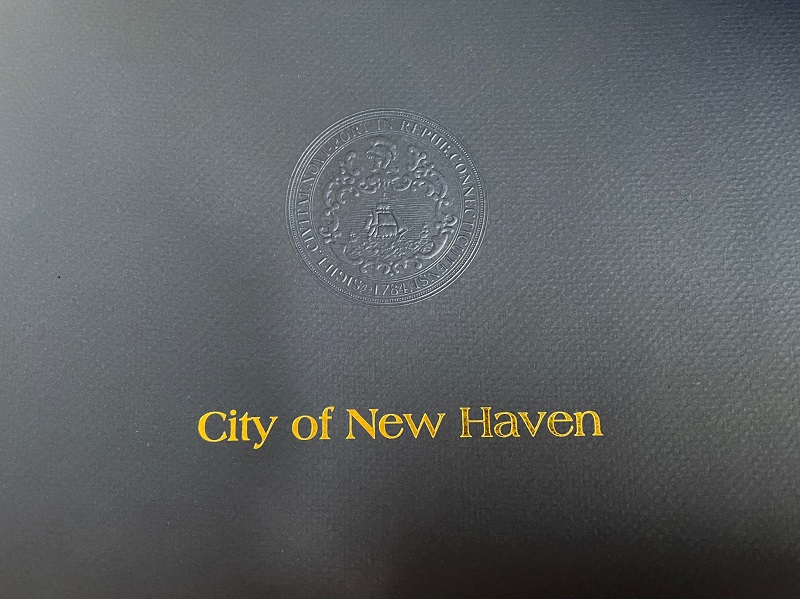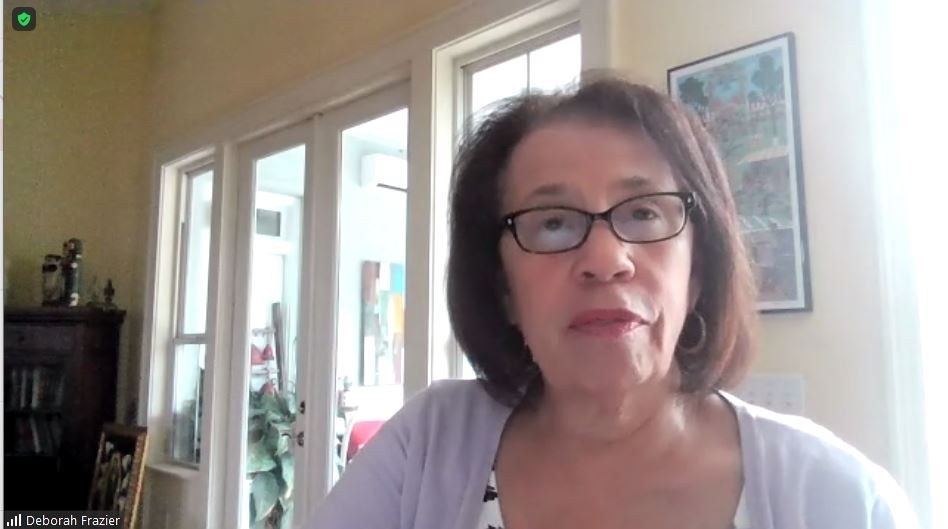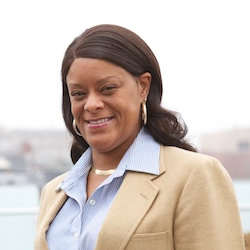Raising Awareness to Reduce Infant Mortality
Healthy Start recognizes September as Infant Mortality Awareness Month
An important way that public health officials measure the overall health of community is by using a horrifying statistic – the rate of babies who do not survive childbirth or live beyond one year.
While infant mortality has declined significantly over the last century, rates in the U.S. are now higher than in most countries with advanced economies and modern medicine. The U.S. ranks 33 out of 37 countries on a list tracked by the Organization for Economic Co-operation and Development (OECD). Within the U.S., disparities by race have remained consistent, even as overall averages have gone down.
Many of the most common causes of birth defects that lead to infant mortality are preventable. To champion the local efforts of New Haven Healthy Start to improve the health of children, mothers and families, New Haven Healthy Start Program Director Natasha Ray worked with City of New Haven Mayor Justin Elicker to proclaim September as Infant Mortality Awareness Month.

On behalf of Elicker, New Haven Health Director Maritza Bond presented the proclamation to New Haven Healthy Start during a recent virtual meeting with the Community Action Network, a consortium of healthcare providers, mothers, fathers and other residents who meet monthly to discuss ways to remove barriers to health. Bond commended New Haven Healthy Start's work to “decrease the levels of infant mortality within the New Haven area, as well as working to improve the health of child bearers and their children.”
Ray also invited National Healthy Start Association CEO Deborah Frazier to present to the community consortium the 30-year history of the Healthy Start program. It started, Frazier said, following public reports condemning the high rates of infant mortality in many areas of the U.S.

“We started asking, ‘How could the richest country in the world have babies dying at this rate?’” said Frazier.
More than three decades later, the question is still relevant.
In Greater New Haven, for example, the infant mortality rate of babies born to Black mothers is more than twice as high as babies born to white mothers, according to the Greater New Haven Community Index.
Healthy Start works to reduce these disparities by involving the community it serves through forums such as the Community Action Network.
“The root causes of infant mortality lies in the circumstances of the community,” said Frazier. “That is why there is a need to go into the community. Those with the most at stake to lose their babies must be at the table to create the program.”
What is the Infant Mortality Rate?
The infant mortality rate calculates the number of infant deaths per 1,000 live births, and counts babies who are newborn up to one year old. The U.S. has an infant mortality rate of 5.7 deaths per 1,000 live births. By comparison, rates in Japan, Sweden and Norway range from 1.9 - 2.1 deaths per 1,000 live births, according to the OECD.
Disparities
Behind the region-level averages exist racial and ethnic disparities. In Greater New Haven, the infant mortality rate was 10.5 per 1000 live births for babies born to Black mothers; 6.9 per 1,000 live births for babies born to Latina mothers; and 3.9 per 1,000 live births for babies born to white mothers. Source: Greater New Haven Community Index 2019.
New Haven Healthy Start is in the community working to improve maternal, child and family health and outcomes. Learn more

